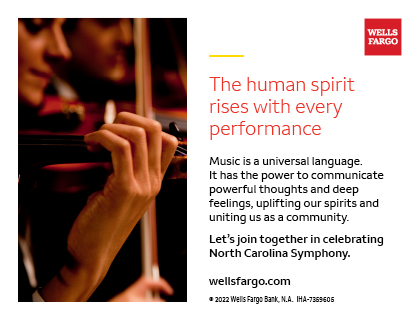Louise Farrenc
Symphony No. 2 in D Major, Op. 35
Symphony No. 2 in D Major, Op. 35
Louise Farrenc (1804-1875)
THE STORY
Today, the works of the nineteenth-century composer Louise Farrenc (née Jean-Louise Dumont) are enjoying overdue and well-deserved attention. Part of the reason why Farrenc’s compositions have been neglected until recently lies in the structural barriers posed by society to women, historically and in the present day. Despite her status and talents, Farrenc was not allowed to study at the Paris Conservatoire because of her sex. When Farrenc later returned to the Conservatoire as a piano professor (and as the only female professor who did not teach voice), she was denied equal pay for much of her thirty-year tenure. While institutional barriers challenged Farrenc’s professional ambitions, her husband (a flutist and also professor at the Conservatoire) supported her musical endeavors by publishing her compositions.
Born to a well-established family of sculptors and painters, Farrenc showed an early aptitude for the arts. She first learned piano from her godmother, who was a student of Muzio Clementi, and displayed a gift for painting and languages. Farrenc’s talent as a pianist was widely remarked upon in reviews of her playing and led to her appointment as a piano professor at the Paris Conservatoire, where her students won many prizes. Although she first composed works suited for the salon, such as piano miniatures, in the 1840s, Farrenc turned to the bigger genre of orchestral music: this decade saw the composition of her two orchestral overtures and three symphonies. While femininity was associated with chamber music heard in the salon, that is, the domestic sphere of music-making, the symphony—with its demands of orchestration and large-scale composition—was seen as a decidedly male outlet of creativity. Gendered constructions of and assumptions about music-making and performance such as these historically have prevented the public from fully appreciating Farrenc’s musical compositions; however, her mastery of the symphony encourages us to listen to her music with more attentive ears.
Farrenc’s Second Symphony was first premiered at the Paris Conservatoire in 1846 and was favorably received, as were her other works, which were praised for their boldness and craftsmanship. During a time when virtuosity was all the rage in the Parisian music scene, Farrenc set herself apart from what some critics perceived as the superficiality of virtuosity with “skill, clarity of conception, unity of thought, the soundness of the partwriting, the taste, [and] the elegance of style” throughout her compositions.
LISTEN FOR
- Extended rhythmic conflict in the third movement that takes the form of a hemiola: the overall pulse is felt in groups of three, but the beat sometimes slips into smaller groups of two, which creates an exciting sense of being off-kilter
- Farrenc’s varied orchestration of the finale theme: the movement begins with a slow, stately introduction played by the whole orchestra; the lowest-sounding melody in the introduction, heard in the brass, then becomes the theme of the finale proper. This same melody is gracefully taken up by the strings and later undergoes a lyrical transformation in the woodwinds, led by the oboe.
INSTRUMENTATION
Two flutes, two oboes, two clarinets, two bassoons, two horns, two trumpets, timpani, strings

